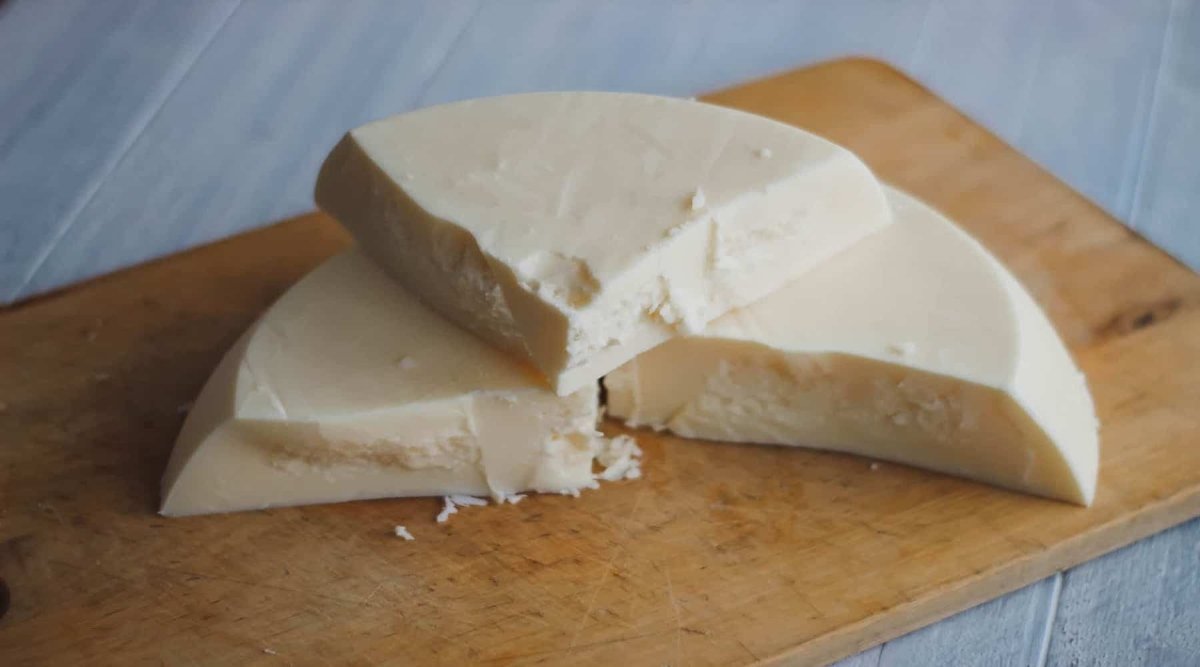
- Tallow, derived from rendered animal fat, has historically been used in skincare, but faces myths regarding its comedogenic properties which might cause clogged pores and acne.
- Various studies on tallow's comedogenicity present conflicting results, emphasizing the importance of individual skin reactions and the source and refining process of the tallow used.
- Beyond its potential moisturizing and nourishing benefits, those interested in tallow-based products should prioritize high-quality sources, patch-test reactions, and consider non-comedogenic alternatives for acne-prone or sensitive skin.
Are you tired of hearing conflicting opinions about tallow and its impact on your skin? Don't worry, we've got you covered! In this article, we aim to debunk the myths surrounding tallow and its comedogenic properties.
Tallow - derived from rendered animal fat - has been used for centuries in skincare products due to its rich moisturizing properties. However, it has garnered a bad reputation over time, with claims that it clogs pores and causes breakouts.
But is tallow really as comedogenic as it's made out to be? Let's dive into the science and separate fact from fiction.
We'll explore the composition of tallow and how it interacts with the skin. We'll also address common misconceptions and explain why they might not hold up under scientific scrutiny. Lastly, we'll provide insights on how to effectively incorporate tallow into your skincare routine, if you decide it's right for you.
Join us as we demystify tallow and help you make informed decisions about its role in your skincare regimen. Get ready to rethink everything you thought you knew about this controversial ingredient!
What are comedogenic properties?
Comedogenic properties refer to a substance's ability to clog pores and potentially cause acne or breakouts. It is often measured on a scale from 0 to 5, with 0 being non-comedogenic (unlikely to clog pores) and 5 being highly comedogenic (likely to clog pores). Understanding the comedogenicity of skincare ingredients is crucial for selecting products that are compatible with your skin type.
Common myths about tallow and its comedogenicity
Tallow has faced numerous misconceptions about its comedogenicity. One common myth suggests that because tallow is derived from animal fat, it is inherently comedogenic and should be avoided. However, this assumption fails to consider the composition of tallow and how it interacts with the skin.
Another myth claims that tallow clogs pores and leads to breakouts. This belief has discouraged many individuals from exploring the potential benefits of tallow in their skincare routine. But is there any scientific evidence to support these claims?
Research and studies on tallow's comedogenicity
Several studies have been conducted to determine the comedogenicity of tallow. Interestingly, these studies have yielded varying results, making it difficult to draw definitive conclusions. One study found that tallow had a low comedogenic rating, suggesting it is unlikely to cause pore blockages. However, another study reported a higher comedogenic rating for tallow. These conflicting findings emphasize the need for further research and consideration of other factors.
Factors that can affect tallow's comedogenicity
Comedogenicity is influenced by various factors, including the specific type of tallow used, the refining process, and individual skin characteristics. Different animals produce tallow with varying compositions, which can impact its comedogenic properties. Additionally, the refining process can remove impurities and potentially reduce comedogenicity. Lastly, everyone's skin is unique, and what may cause breakouts for one person may not affect another.
Benefits of using tallow in skincare
Contrary to popular belief, tallow can offer several benefits for the skin. Its high fatty acid content makes it an excellent emollient, helping to moisturize and nourish the skin. Tallow is also rich in vitamins A, D, E, and K, which have antioxidant and anti-inflammatory properties. These properties contribute to skin health and can help improve the appearance of fine lines, wrinkles, and acne scars.
How to incorporate tallow into your skincare routine
If you're interested in incorporating tallow into your skincare routine, there are a few key considerations. Firstly, opt for high-quality tallow from reputable sources to ensure purity and minimize potential impurities. Patch testing is also essential to determine how your skin reacts to tallow. Start by applying a small amount to a discreet area of your skin and observe for any adverse reactions. If all goes well, you can gradually introduce tallow-based products into your routine.
Other non-comedogenic alternatives to tallow
While tallow may not be suitable for everyone, there are alternative non-comedogenic ingredients that can provide similar benefits. Some popular options include plant-based oils like jojoba oil, argan oil, and rosehip oil. These oils offer hydration, nourishment, and antioxidant properties without the potential comedogenicity associated with tallow.
Tallow products and brands to consider
If you decide to explore tallow-based skincare products, it's essential to choose reputable brands that prioritize quality and transparency. Look for brands that use sustainably sourced and cruelty-free tallow, ensuring ethical production practices. Additionally, reading reviews and seeking recommendations from trusted sources can help you make informed decisions.
Conclusion: Making an informed decision about tallow in skincare
In conclusion, tallow's comedogenicity is a topic that requires further research and individual consideration. While conflicting studies exist, it's important to remember that comedogenicity can vary depending on various factors. Tallow, when sourced from reputable brands and used correctly, can offer moisturizing and nourishing benefits to the skin. However, if you have acne-prone or sensitive skin, it may be wise to explore non-comedogenic alternatives. Ultimately, making an informed decision about tallow in skincare requires understanding your skin's unique needs and preferences.

